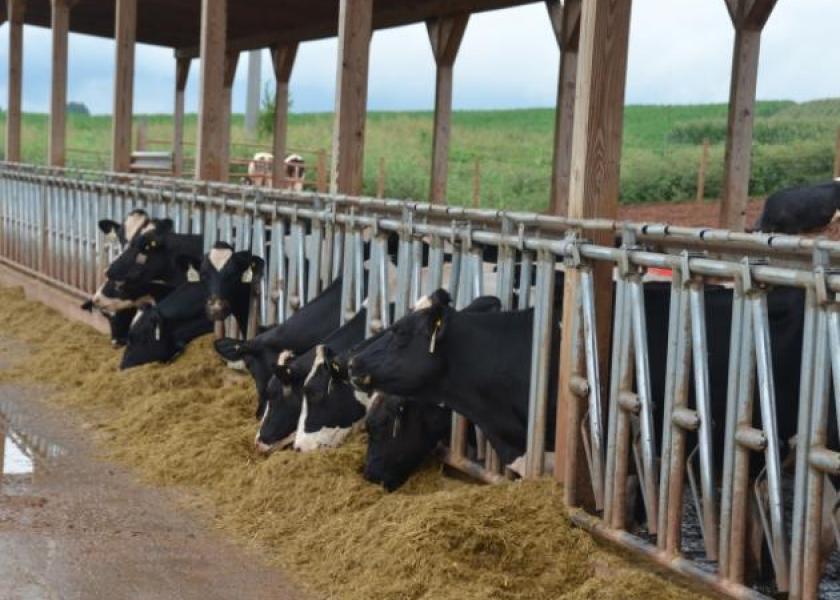The Three R's of Nutrient Byproducts

As sustainability continues to be a hot topic amongst consumers, many farmers are looking for new ways to reduce their carbon “hoofprint.” One economical option is to explore the use of nutrient byproducts in your feed ration.
A nutrient byproduct is essentially the leftover commodity created after the initial food product has been produced. Instead of throwing these food scraps away, some producers are feeding these cheap leftovers to their animals and reaping the nutritional benefits.
Today’s grocery shoppers are focusing more on the environmental impact their purchases generate. With environmentally cautious consumers knocking at producers’ doors, it may be time to include the three R’s of nutrient byproducts on your operation.
Reduce – When a food product is produced, what is left unused is often thrown away. Utilizing nutrient byproducts allows farmers to reduce the amount of waste sent to the landfill. Using byproducts is not only a green sustainability practice, but it can also add a little extra green to your wallet. Some of these feed ingredients are often sold at a lower price or even given away to farmers. What a way to “reduce” your feed bill!
Reuse – By finding a new way to reuse leftover products, dairy farmers help food companies responsibly dispose of their extra food remains and prevent excess materials from ending up in the landfill. Blending nutrient byproducts into the feed ration gives food scraps a new purpose. What was once seen as garbage is now viewed as a tasty environmentally-safe treat!
Recycle – Recycling is the breaking down of the used item into a raw material used to make new items. Cows aren’t picky eaters. In fact, adding nutrient byproduct ingredients can actually improve the actual taste of the TMR itself. By adding nutrient byproducts to the animal’s diet, we allow the cow to change the waste material into a new product: Milk!







